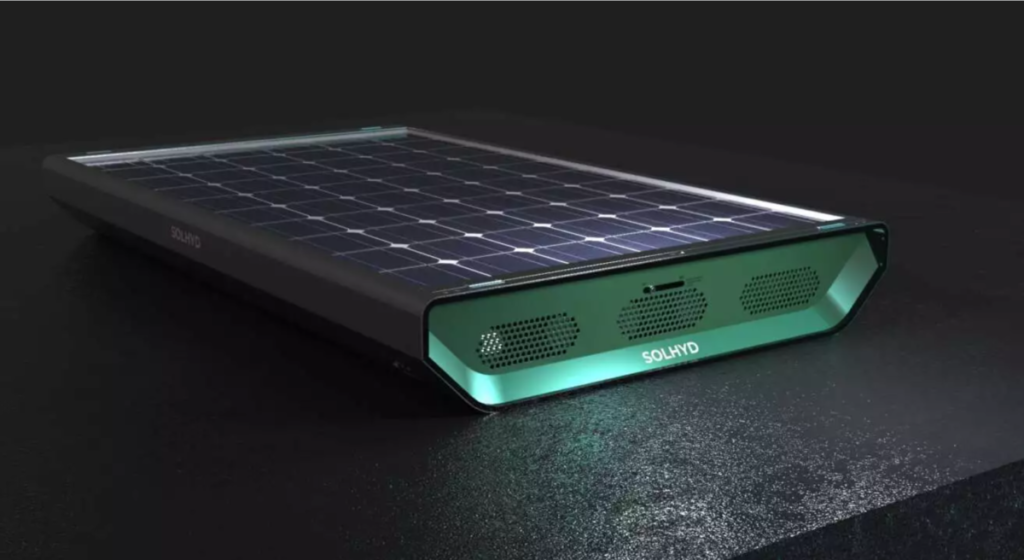The race for renewable energy supremacy is heating up. China and California lead in photovoltaic technology. The University of Leuven’s Solhyd project could disrupt the market.

Researchers from the University have created the world’s first hydrogen solar panel, offering a groundbreaking solution to our energy needs. This innovation can produce 250 liters of hydrogen per day and can convert sunlight and water vapor from the air directly into hydrogen gas with an efficiency of 15%.
Unlike traditional solar panels that generate electricity, the Solhyd panel directly produces hydrogen from sunlight and atmospheric moisture.

It combines a standard photovoltaic panel with a specially designed layer that generates hydrogen. The process begins with the panel absorbing water vapor from the air, which is then stored and converted into hydrogen gas using sunlight.
One of the Solhyd panel’s key components is a membrane that collects water vapor and focuses it into the conversion cell. This patented technology, combined with the panel’s electricity generation, efficiently produces hydrogen without needing liquid water or a power grid.

The Solhyd panel’s performance is impressive. A single module can generate up to 12 kilograms of hydrogen per year in sunny areas. This translates to a significant amount of renewable energy, especially when considering large-scale installations. Additionally, the panels are compatible with most commercial PV modules, making integration into existing solar systems easy.
Beyond its practical benefits, the Solhyd panel represents a significant step forward in renewable energy technology. It addresses the challenge of material scarcity by utilizing abundant resources like sunlight and atmospheric moisture, the panel offers a sustainable and scalable solution for our energy future.
Reference- Solhyd project website, Interesting Engineering, The Verge, Popular Science






